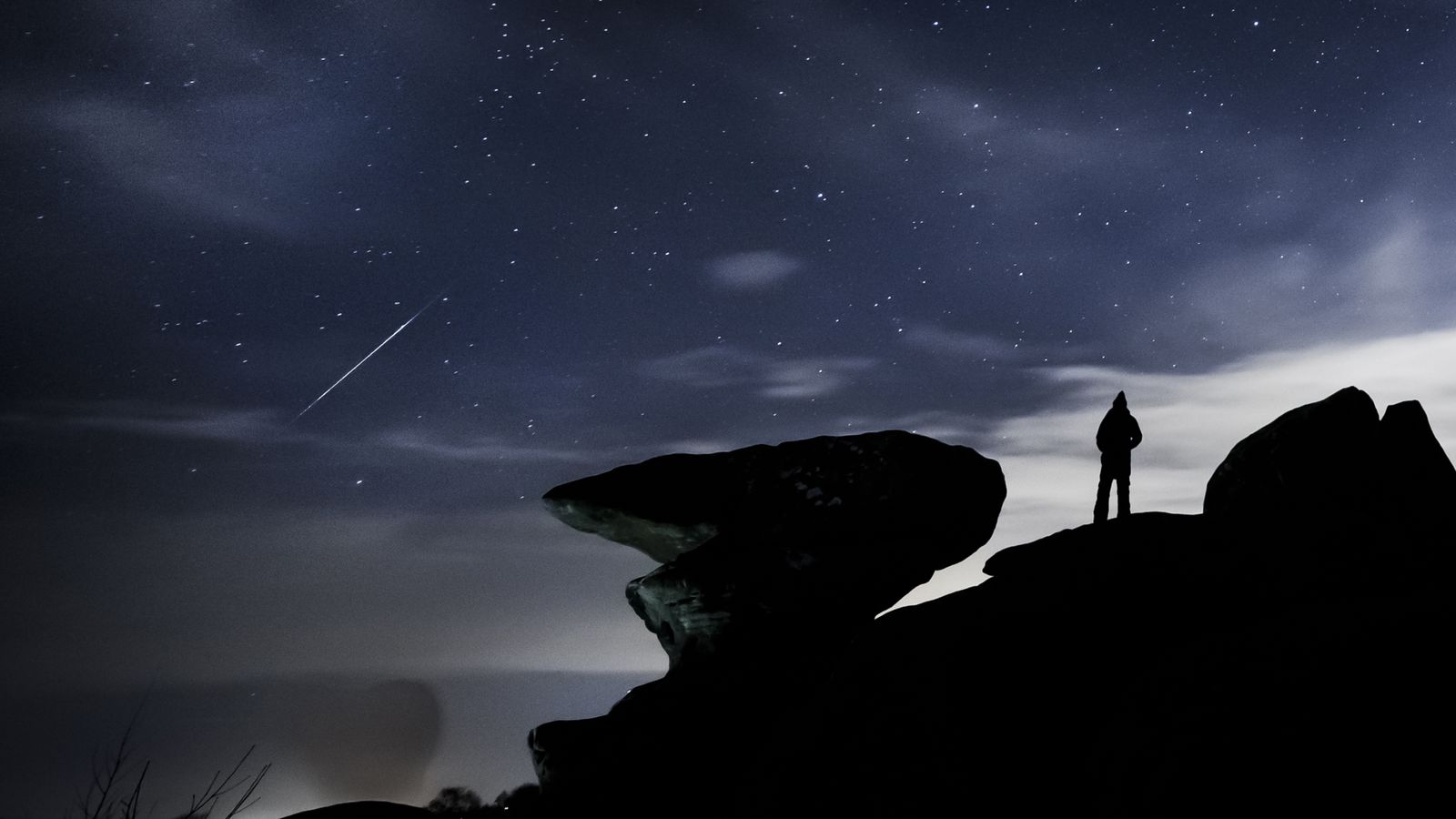A stunning celestial display of shooting stars will light up the skies in the UK this week as the Geminid meteor shower returns.
Meteors are pieces of debris that burn up as they enter the Earth’s atmosphere at speeds of up to 70km per second, causing streaks of light in the sky.
For those unable to physically watch the shower tomorrow night, NASA will also be live-streaming the spectacular event.
Bill Cooke, lead for NASA’s Meteoroid Environment Office, said: “Rich in green-coloured fireballs, the Geminids are the only shower I will brave cold December nights to see.”
Geminids are a popular show for star gazers as they are known for being very bright, fast and often multi-coloured.
They mainly appear white, but some can be yellow and green, or red and blue, which is caused by the presence of traces of metals such as sodium and calcium – the same elements used to make fireworks colourful.
The shower can produce more than 100 meteors an hour at its peak, although people may not be able to see this many due to light pollution.
Leonid meteor shower to light up skies this week – here’s when and where’s best to see it
Meteorite found in the Cotswolds is the first in the UK for 30 years
UK meteor: ‘Huge flash’ as ‘fireball’ lights up skies ‘like a giant firework’
It one of the few showers not to originate from a comet either, as the source of the shooting stars is a stream of debris left behind by the asteroid 3200 Phaethon.
People will be able to see the display with their eyes, without the need for binoculars or a telescope.
However, they are advised not to look directly at the radiant as this can limit the number of meteors that are visible.
Instead, looking to the side in a dark area of sky will give people a better chance of seeing the display.






















